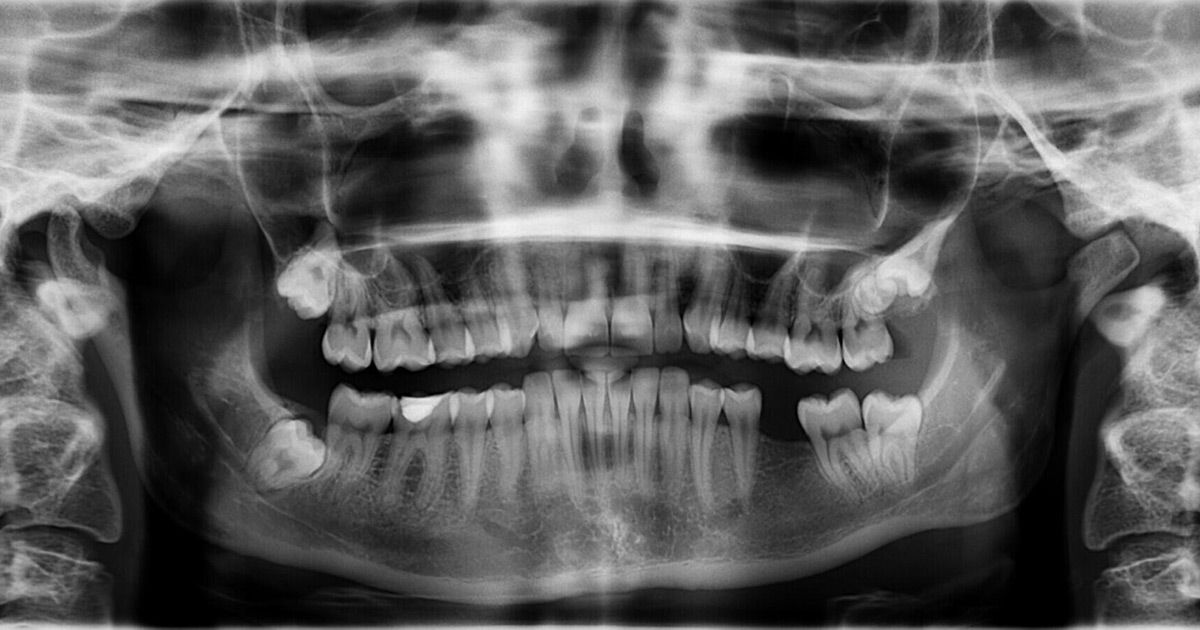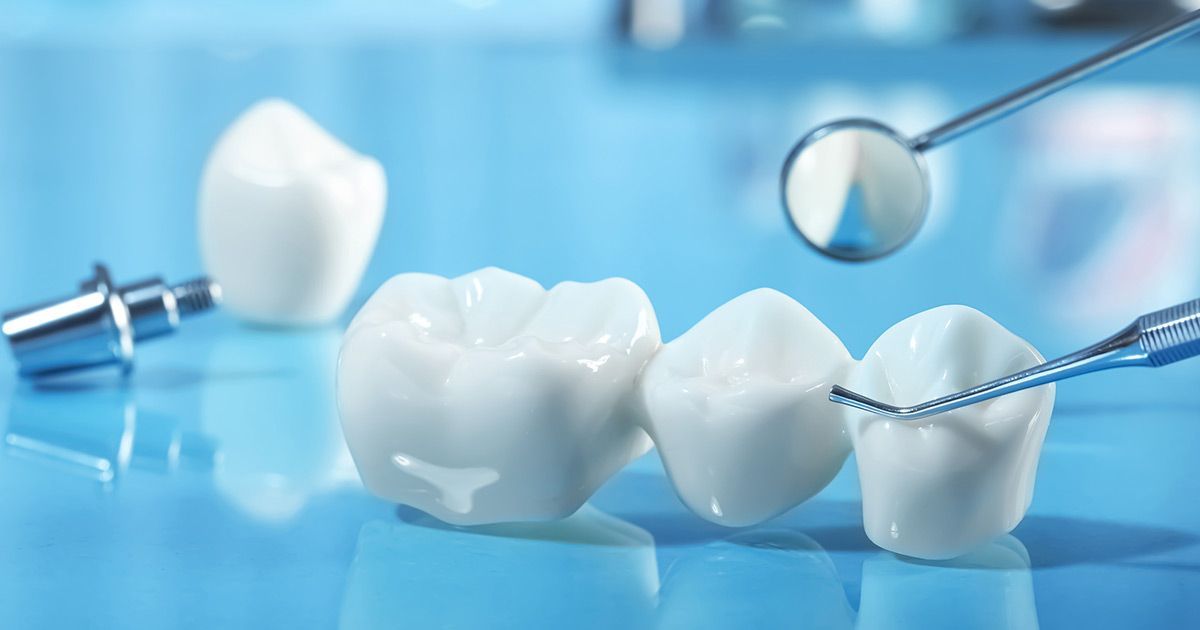Root Canal Treatment Side Effects
Many people wince at the mere thought of a root canal, but what exactly are some of the possible treatment side effects? Read on to find out more.
Did you know that in the United States alone dentists perform more than 15 million root canals? A root canal is an important treatment designed to save a damaged or diseased tooth. It is an alternative to the removal of the tooth or letting the tooth die.
In general, a root canal from your dentist in Sewell, NJ, is a safe procedure. However, there are some cases in which side effects can occur after a root canal treatment.
Keep reading and learn more about how root canals work and what you should (and shouldn't) expect as you heal.
What Is a Root Canal?
As mentioned before, a root canal can save a tooth that would otherwise die from infection or need to be removed. The name of the dental procedure explains a lot of what the procedure actually involves. A root canal involves cleaning out the canals found within the roots of a tooth.
The root is what keeps every tooth alive. Tooth roots are anchored into your mouth and provide blood flow and nutrients to the tooth. If they are ravaged by infection and can no longer supply blood and nutrients to a tooth, the tooth will soon die.
Many people tend to fear root canals because they think that they will be painful. Only in the past were root canals painful. Today, most dentists, including your dentist, Sewell, NJ, have a supply of sedation and painkiller options such as local anesthesia. With these options, you shouldn't feel any pain, although you may feel some pressure during the procedure.
Your root canal may require one or two visits, depending on how serious your tooth problem is. In some cases, a tooth may be in such a poor condition that it may require more than two treatments before it recovers.
A dental X-ray from your dentist in Sewell, NJ, will be able to see what kind of condition your teeth are in. Once your dentist identifies all the infected tissue, he will be able to get to work. As mentioned before, the procedure should not be painful for you because your dentist should use a local anesthetic to numb the treated area.
If you are very nervous about the procedure, your dentist may sedate you. This will help keep you calm throughout the procedure and you may be somewhat conscious or unconscious, depending on the sedation method used.
Side Effects of Root Canal Treatment
When you have a good dentist operating on you, you shouldn't have to worry too much about side effects, especially serious side effects such as infection. However, even if you have the best dentist, there is still a small chance that you could experience some side effects.
During the root canal procedure, your dentist will dig down into your tooth through an opening until he can reach the tooth pulp.
The tooth pulp is full of tender tissue and blood vessels. Damage to the pulp is a big reason why teeth die off. In the root canal procedure, your dentist, Sewell, NJ, will need to remove the pulp that has become diseased or otherwise damaged.
Once this is done, your dentist will flush the tooth so no debris or remnants of infection remain. This is important because if there are any pieces of diseased tissue left, the infection could continue to grow and even spread. In some cases, your dentist may implant a small amount of medication into the tooth to kill off any remaining infection.
As the tooth heals, you will need to wear a temporary filling to protect the tooth. You will only need to wear this until you can get a permanent filling. Once this is done, you shouldn't have any more problems with your tooth.
One of the most common side effects of a root canal is tooth discoloration. This is because, during a root canal, your dentist may need to remove some of the nerves of your teeth. When this happens, your tooth might not have such a good supply of nutrients and energy.
As a result, your tooth may become gray or another dull color. Fortunately, since you will need a crown after your root canal, you won't be able to see the discoloration.
More Side Effects
Of all the root canal side effects you might experience, infection is the worst. Infection leakage can not only be detrimental to the infected tooth but to your overall health as well. If your dentist in Sewell, NJ, is unable to stop the infection of your tooth through a root canal, you may need to get your tooth extracted.
This is often the only way to completely rid your mouth of the infection. A common sign of a continuing infection is redness, swelling, and pain in the area. After your root canal, you may experience these symptoms.
However, you should only worry about infection if these symptoms persist for longer than they're supposed to. Then, you should go back to your dentist to check if the infection has returned. If you fail to treat a bad infection, the infection could end up spreading into your blood.
This would result in sepsis or blood poisoning which can be life-threatening. Other, less serious side effects of a root canal procedure may include some sensitivity and inflammation in the area until the area has time to heal.
Root Canals from Your Dentist in Sewell, NJ
While root canals and their side effects can be scary, you shouldn't have anything to worry about as long as you get your root canal from a reliable dentist in Sewell, NJ. When you're in good hands, the chances of experiencing any bad side effects will be very slim.
To learn more about root canals and other dental services, check out
our services here.
Dr. Haddad
D.M.D
Dr. Haddad’s purpose at Sewell Dental Designs is to empower his patients so they can achieve and maintain excellent dental health and have a smile they are happy to show off. He decided on this path after receiving treatment from a competent and friendly dentist when he was a teen.
Dr. Haddad obtained his Bachelor of Science degree at George Mason University in Virginia and went on to earn his Doctor of Medicine in Dentistry degree (DMD) from Temple University Maurice H. Kornberg School of Dentistry.
Dr. Joanna
D.D.S
Dr. Joanna Haddad was born and raised in Lebanon and now resides in Philadelphia, PA. She speaks Arabic, French, and English fluently. Dr. Joanna earned her Doctorate of Dental Medicine from the University of Pennsylvania School of Dental Medicine, graduating with honors in Public Health. During her time in dental school, she was highly involved in various organizations and served as the Chapter President of the American Student Dental Association. She is also a proud member of the American Dental Association, American Association of Facial Esthetics and American student dental association.
Dr. Giesberg
D.D.S
Dr. Konstantina S. Giesberg, DDS, is a board-certified dentist anesthesiologist who has earned the privilege of becoming a Diplomate of the American Dental Board of Anesthesiology (DADBA).Dr. Giesberg obtained, with honors, her degree of Doctor of Dental Surgery (DDS) from the University of Buffalo, NY. She then completed her General Practice Residency in Dentistry at Wyckoff Heights Medical Center in Brooklyn, NY. Dr. Giesberg then furthered her studies at Wyckoff Heights Medical Center with a Specialty Program in Dental Anesthesiology, involving three years of concentration in deep sedation and general anesthesia.















